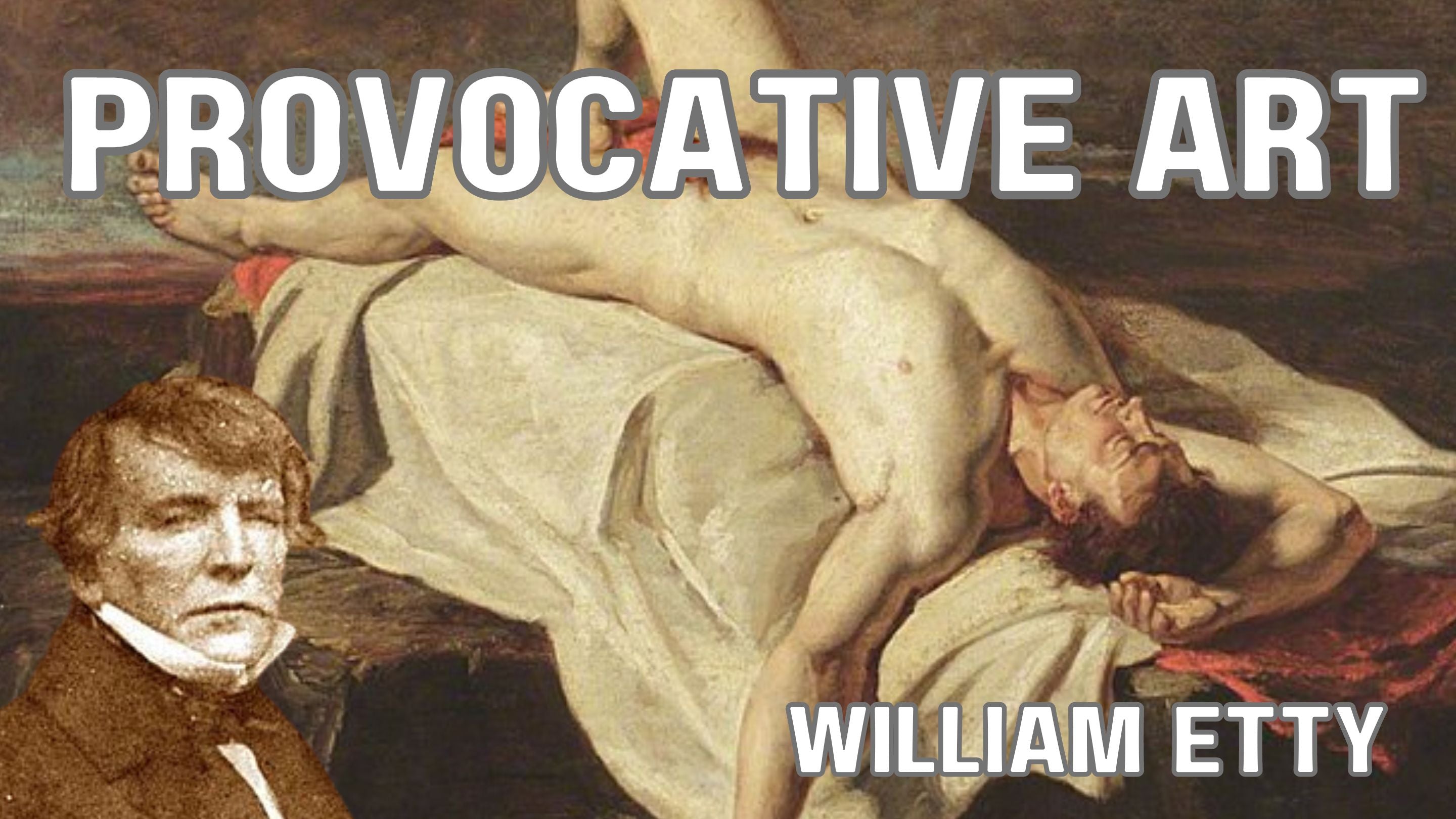Table of Contents:[hide]
Introduction
Renowned as one of the leading painters of the Victorian era, William Etty (1787–1849) left an indelible mark on the art world with his captivating works. From his pioneering explorations of the human form to his daring narratives, Etty's contributions to the 19th-century art scene are unparalleled.
Early Life and Training
1.1 Childhood and Influences
Born in York, England, in 1787, William Etty demonstrated an early affinity for art. Growing up in a family of millers, he faced initial resistance to pursue his artistic passion. However, he persevered, eventually studying at the Royal Academy in London under influential artists such as Thomas Lawrence.
1.2 Academic Foundations
Etty's training was grounded in academic principles, focusing on classical art and historical themes. This foundation would later shape his distinctive style, blending classical aesthetics with a contemporary sensibility.
Mastery of the Human Form
2.1 The Nude in Art
One of Etty's defining features as an artist was his mastery of the human form. His exploration of the nude, particularly the male form, was both groundbreaking and controversial in Victorian society. The meticulous rendering of anatomical details in paintings like "Male Nude Leaning on Staff" showcases his technical prowess.
2.2 Challenging Societal Norms
Etty's willingness to challenge societal norms is evident in works such as "Male Nude," where he boldly presents the male form in an archer's pose. This audacious approach contributed to the evolving perceptions of art and the human body in the 19th century.
Historical and Mythological Narratives
3.1 "Manlius Hurled From The Rock (1818)"
One of Etty's notable historical works is "Manlius Hurled From The Rock (1818)." This painting captures a dramatic moment from Roman history, showcasing his ability to infuse emotion into historical narratives. The use of chiaroscuro and detailed composition adds depth to the storytelling.
3.2 Biblical Themes
Etty's fascination with biblical themes is evident in "Benaiah," where he skillfully depicts the hero in the midst of battle. The painting reflects his commitment to exploring moral and historical subjects, blending classical inspiration with a contemporary touch.
Controversies and Recognition
4.1 Controversial Subject Matter
Etty's choice of subjects, particularly his portrayal of the nude, stirred controversy in Victorian society. However, he remained steadfast in his artistic convictions, pushing the boundaries of acceptability and contributing to the changing landscape of art.
4.2 Royal Academy Recognition
Despite the controversies, Etty gained recognition at the Royal Academy, becoming a member in 1828. His influence extended beyond his canvases, shaping the artistic discourse of his time.
Legacy and Impact
5.1 Influence on Victorian Art
William Etty's legacy extends to his impact on Victorian art. His unique blend of classical tradition and contemporary exploration paved the way for future artists, contributing to the rich tapestry of 19th-century artistic expression.
5.2 Enduring Relevance
The themes and techniques employed by Etty continue to resonate, and his works are celebrated in exhibitions and collections worldwide. His enduring relevance underscores the timeless nature of his artistic contributions.
Frequently Asked Questions (FAQs)
FAQ 1: What subjects did William Etty predominantly paint?
Answer: William Etty was known for his exploration of historical and mythological themes, often depicting scenes from Roman history, biblical narratives, and classical subjects. He also gained attention for his daring portrayal of the human form, particularly the male nude.
FAQ 2: How did William Etty's art challenge societal norms?
Answer: Etty challenged societal norms through his bold choice of subjects, especially his depiction of the nude in a society with conservative sensibilities. His willingness to explore the human body, both male and female, went against the prevailing norms of the Victorian era.
FAQ 3: What was the significance of "Manlius Hurled From The Rock (1818)"?
Answer: This painting captures a pivotal moment from Roman history, depicting Titus Manlius being cast from the Tarpeian Rock. The work showcases Etty's ability to infuse historical narratives with emotion and drama, emphasizing his storytelling prowess.
FAQ 4: How did William Etty influence Victorian art?
Answer: Etty's influence on Victorian art is profound, shaping the artistic discourse of his time. His mastery of the human form, daring subject choices, and commitment to narrative excellence contributed to the evolving landscape of 19th-century art.
FAQ 5: What controversies did William Etty face during his career?
Answer: Etty faced controversy for his bold depictions of the nude, challenging Victorian societal norms. Critics and conservative elements were often at odds with his artistic choices, but Etty remained steadfast in his commitment to artistic expression.
Conclusion
William Etty's artistic journey, marked by technical brilliance, narrative innovation, and a willingness to challenge conventions, remains a captivating chapter in the history of art. His works continue to inspire and invite contemplation, ensuring his place among the luminaries of Victorian art.





